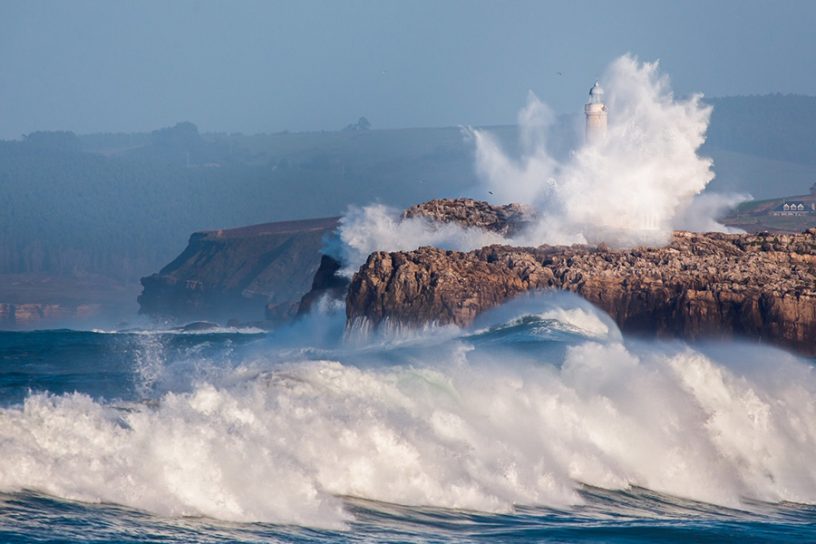
A coupled numerical model is developed based on the spectral element method and boundary element method to predict the characteristics of tsunami wave response on Pohang New Harbor, South Korea, and Paradip Port, India.
Authors
Rupali, Department of Applied Sciences, National Institute of Technology Delhi, Delhi, India.
Prashant Kumar, Department of Applied Sciences, National Institute of Technology Delhi, Delhi, India
Rajni, Associate Professor, Jindal Global Business School, O.P Jindal Global University, Sonepat, Haryana, India.
Summary
A coupled numerical model is developed based on the spectral element method (SEM) and boundary element method (BEM) to predict the characteristics of tsunami wave response on Pohang New Harbor (PNH), South Korea, and Paradip Port, India. The current numerical model is developed to analyze the impacts on the coastal region with slowly varying bathymetry under the resonance conditions. In this method, the boundary integral equation of each boundary segment is discretized into the spectral elements using the Chebyshev’s polynomial, and the corresponding boundary integrals are transformed using the Jacobian of transformation.
This leads to a highly accurate depiction of the boundary edges or corners of the complex domain. Convergence and error analyses are conducted on the rectangular port using the BEM and the present method, which shows that the later approach enhances the overall numerical accuracy of the model. The simulation results for normal day wave (ordinary wave propagating in the ocean under normal conditions) and tsunami waves are validated with previous studies and measurement data at Pohang New Harbor (PNH), South Korea.
In addition, the calculated spectral density for tsunami waves at PNH is also compared with the Hokkaido tsunami (reported on July 12, 1993) data at tide gauge record station in Pohang. The amplification factor is determined for normal day wave and tsunami waves at key locations inside the PNH and Paradip Port for different directional incident waves. Further, the spectral density is also estimated at the same locations with respect to the wave period to understand the consequences of tsunami waves on the coastal ports. Therefore, the coupled numerical model is an efficient tool to predict tsunami wave impact on a realistic port. The causes and countermeasure are suggested to reduce the risk of normal day waves and tsunami waves.
Published in: Ocean Dynamics
To read the full article, please click here.


